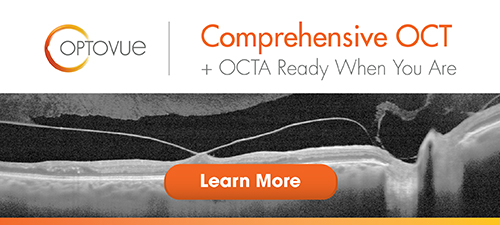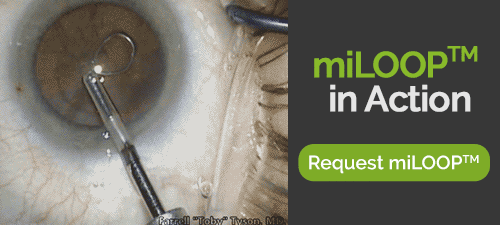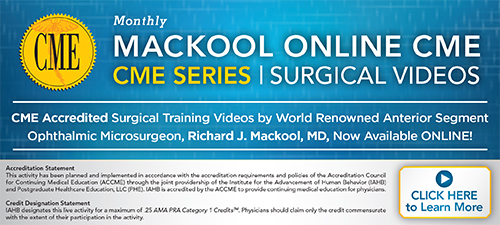
Volume 18, Number 19 |
Monday, May 7, 2018 |
|
MAY IS HEALTHY VISION MONTH |
|
||||
|
Systemic & Ocular Determinants of Peripapillary RNFL Thickness Scientists analyzed systemic and ocular determinants of peripapillary retinal nerve fiber layer thickness (pRNFLT) in a European population, as part of a cross-sectional meta-analysis.
|
|
| SOURCE: Mauschitz MM, Bonnemaijer PWM, Diers K, et al. Systemic and ocular determinants of peripapillary retinal nerve fiber layer thickness measurements in the European Eye Epidemiology (E3) population. Ophthalmology 2018; Apr 28. [Epub ahead of print]. |  |
|
Frequency of Complications During Preparation of Corneal Lamellae for Posterior Lamellar Keratoplasty Pneumodissection
Researchers determined the formation frequency of various bubble types, the potential impacts of donor and lamella parameters on frequency, and possible risk factors for unsuccessful “big-bubble” creation, in preparation for pre-Descemet’s endothelial keratoplasty with peripheral stromal support and using the big-bubble technique.
|
|
| Source: Studeny P, Netukova M, Hlozanek M, et al. Frequency of complications during preparation of corneal lamellae used in posterior lamellar keratoplasty using the pneumodissection technique (big bubble). Cornea 2018; April 26. [Epub ahead of print]. |  |

|
|
 |
|
Review of Ophthalmology® Online is published by the Review Group, a Division of Jobson Medical Information LLC (JMI), 11 Campus Boulevard, Newtown Square, PA 19073. To subscribe to other JMI newsletters or to manage your subscription, click here. To change your email address, reply to this email. Write "change of address" in the subject line. Make sure to provide us with your old and new address. To ensure delivery, please be sure to add reviewophth@jobsonmail.com to your address book or safe senders list. Click here if you do not want to receive future emails from Review of Ophthalmology Online. Advertising: For information on advertising in this e-mail newsletter or other creative advertising opportunities with Review of Ophthalmology, please contact sales managers James Henne or Michele Barrett. News: To submit news or contact the editor, send an e-mail, or FAX your news to 610.492.1049 |


